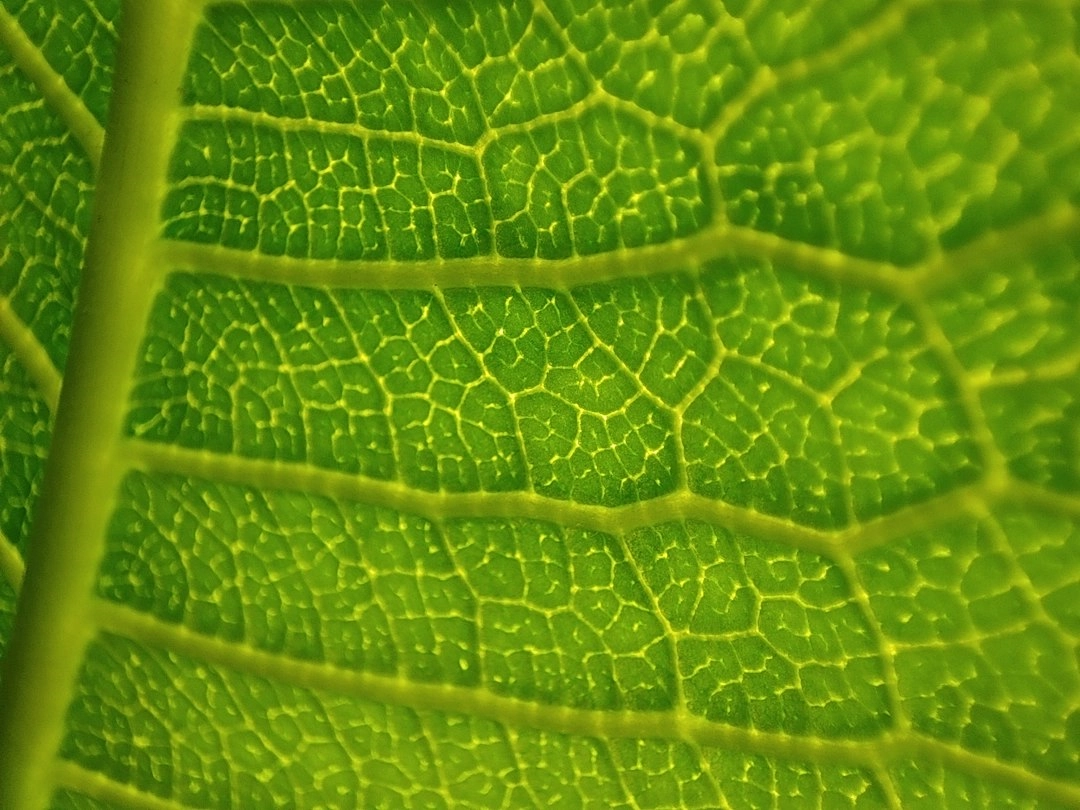
What it is:
Green innovations in food preservation refer to sustainable solutions that aim to reduce food loss and waste while minimizing the environmental impact of food storage and preservation methods. These innovations prioritize the use of environmentally friendly technologies, materials, and practices to maintain food freshness, extend shelf life, and prevent spoilage. By adopting such innovations, we can address the challenge of food waste and contribute to a more sustainable and resilient food system.
Real-World Problems:
Food preservation is a critical aspect of the global food supply chain, but it is marred with several issues that affect the environment and contribute to food waste. Some of these real-world problems include:
1. Energy Consumption:
Traditional food preservation methods, such as refrigeration and freezing, heavily rely on energy sources that contribute to greenhouse gas emissions. The high energy consumption associated with these methods not only leads to increased carbon footprint but also contributes to climate change.
2. Packaging Waste:
Many conventional food preservation techniques rely on single-use packaging materials. These packaging materials often end up in landfills and contribute to plastic pollution. Finding sustainable alternatives to single-use packaging is crucial in reducing waste and minimizing environmental impacts.
3. Chemical Additives:
Certain chemical additives, such as preservatives, are commonly used in food preservation methods. However, these additives can have negative health effects and may contaminate the environment when improperly disposed of. Finding natural and eco-friendly alternatives to these chemical additives is essential.
4. Limited Shelf Life:
Inefficient preservation techniques can result in a shorter shelf life for perishable foods. This leads to increased food waste as products spoil before reaching consumers. Developing effective and sustainable preservation methods that can extend the shelf life of food items is crucial for reducing waste.
5. Inadequate Infrastructure:
In many parts of the world, particularly in developing countries, limited access to proper infrastructure for food preservation poses a significant challenge. The lack of adequate cold chains and storage facilities results in substantial post-harvest losses and food waste. Finding sustainable and affordable solutions for food preservation in these regions is crucial for food security.
By addressing these real-world problems and embracing green innovations in food preservation, we can move towards a more sustainable and efficient food system that minimizes waste, reduces environmental impact, and ensures food security for all.

Solutions to Real-World Problems in Green Innovations of Food Preservation:
Addressing the challenges associated with food preservation requires innovative and sustainable solutions. Here are some strategies and technologies that can help overcome the real-world problems mentioned in the previous section:
1. Energy-Efficient Technologies:
Implementing energy-efficient technologies like advanced insulation, smart sensors, and renewable energy sources can significantly reduce the energy consumption and environmental impact of food preservation methods. These innovations help to minimize greenhouse gas emissions while maintaining optimal storage conditions for food items.
2. Sustainable Packaging:
Redefining packaging practices with eco-friendly materials, such as compostable or biodegradable alternatives, can help address the issue of packaging waste. Additionally, promoting reusable packaging systems and adopting innovative packaging designs can further minimize environmental impacts while keeping food fresh and safe.
3. Natural and Biodegradable Preservatives:
Investigating and utilizing natural preservatives derived from plant extracts, essential oils, and fermentation processes can replace chemical additives. These alternatives are not only safe for consumption but also reduce the environmental risks associated with harmful chemicals while maintaining the quality and shelf life of food.
4. Innovative Storage Technologies:
Developing and implementing advanced storage technologies like modified atmosphere packaging (MAP), vacuum packaging, and controlled atmosphere storage can extend the shelf life of perishable foods. These technologies help create the ideal storage conditions to prevent spoilage and maintain the nutritional quality of the food.
5. Cold Chain Infrastructure Development:
Investing in the development of cold chain infrastructure, particularly in regions with limited access to proper storage facilities, can significantly reduce post-harvest losses and food waste. Expanding the availability of cold storage, transportation, and preservation facilities will enhance food security, enable market access, and reduce food loss.
By adopting these sustainable solutions, we can overcome the real-world problems in food preservation and contribute to a more efficient, environmentally friendly, and resilient food system. Embracing green innovations in food preservation is crucial for reducing waste, ensuring food security, and preserving our environment for future generations.















